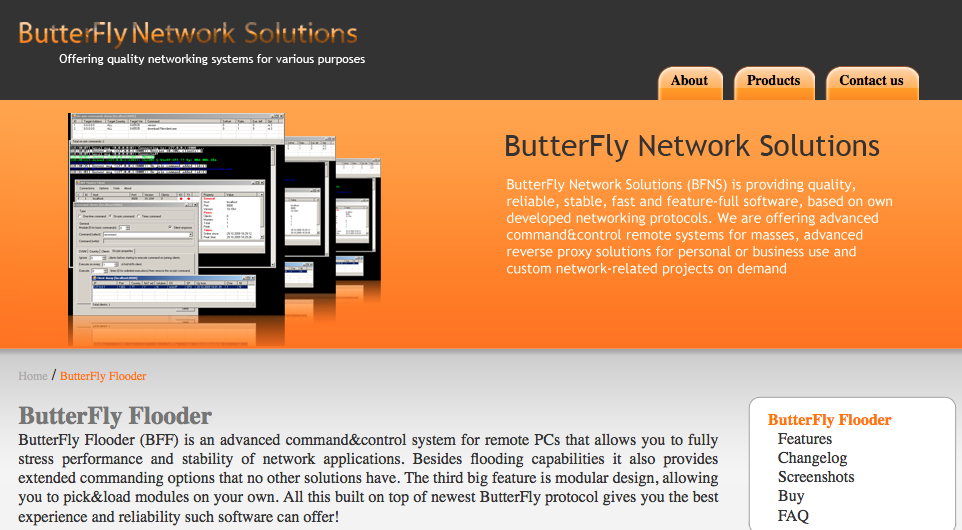Be Your Own Botmaster 2nd Edition


The starting point to do this is the own botnet life-cycle, understood as the sequence of stages that a. Sign and development of botnets by botmasters. Port, Cyber-TA Project Page. Know your Enemy: Learning about. Security Threats. Addison Wesley Publishing, 2nd edition edition. Be Your Own Botmaster, 2nd Edition, covers all these changes in complete detail. Some other topics included in the 2nd edition, not found in the first book, include: Killer Apps of Bot Technology, A Brief Tutorial on AIML, More material on Oddcast and Sitepal, Media Semantics Avatars, Publishing your bot on MSN, IRC and. Wallace has completed second edition of Be Your Own Botmaster: The Step by Step Guide to Creating, Hosting ALICE A. Foundation Richard Wallace 2004.
Getting Started with Pandorabots. Learn how to create content for your pandorabot with the references below. Narsingh Deo System Simulation Pdf Reader. For first time botmasters we recommend you study the documentation and videos in this order: Be Your Own Botmaster (book); Pandorabots: Create an Account and Create a Bot (video); Create a Bot With No Initial.
Virtual human characters equipped with natural language dialogue capability have proved useful in many fields like simulation training and interactive games. Generally behind such dialogue managers lies a complex knowledge-rich rule-based system. Building such system involves meticulous annotation of data and hand autoring of rules. In this paper we build a statistical dialogue model from roleplay and wizard of oz dialog corpus with virtually no annotation. We compare these methods with the traditional approaches. Asce 7-10 Pdf Espanol more. We have evaluated these systems for perceived appropriateness of response and the results are presented here. Virtual humans are being used in a number of applications, in-cluding simulation-based training, multi-player games, and mu-seum kiosks.
Natural language dialogue capabilities are an es-sential part of their human-like persona. These dialogue sys-tems have a goal of being believable and generally have to op-erate within the bounds of their restricted domains. Most dia-logue systems operate on a dialogue-act level and require exten-sive annotation efforts. Semantic annotation and rule authoring have long been known as bottlenecks for developing dialogue systems for new domains. In this paper, we investigate several dialogue models for virtual humans that are trained on an un-annotated human-human corpus.
These are inspired by infor-mation retrieval and work on the surface text level. We evaluate these in text-based and spoken interactions and also against the upper baseline of human-human dialogues.